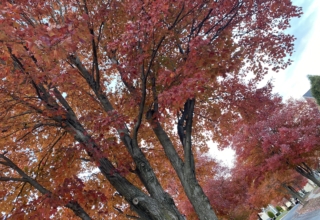
Gary Quehl and William Bergquist
[For the complete report on this project see The Sages Among Us: Harnessing the Power of Civic Engagement, available as a link through the LPC Bookstore.]
Any study of Theory S – and specially any study regarding the nature of Senior Sage leadership (ages 56+) and Emerging Sage leadership (ages 25-55)—must take into account social and cultural aspects of the age groups that broadly define who these people are and what they represent. One way of doing this is to identify age-related characteristics that are reflected in literature on the nation’s four existing generations. But in reviewing major findings there are a number of cautions, the first being that these generational groupings are based on a single criterion: age. Second, demographic profiling makes generalizations about groups of people, and individuals do not necessarily conform. Third, demographic generalizations are simplifications of reality and must be used with care in reaching conclusions about specific age groups (Endnote 1). And fourth, demographic researches often use different age ranges for each of the four generational groupings. So in reviewing characteristics of the four age cohorts, our purpose is to present generational flavor.
This is the first time in American history that four generations occupy the same life space. There are the Traditionalists (born before 1945), Baby Boomers (born between 1946 and 1964), Gen Xers (born between 1965 and 1980), and Millennials, or Generation Y (born between 1981 and 2000). The cohorts of each generational grouping have their own general characteristics, including significant events that have shaped their lives. They also have different views on work, leadership, communication, political and consumer values, and civic engagement. Much of what follows is taken from the original sources that are identified.
Download Article















